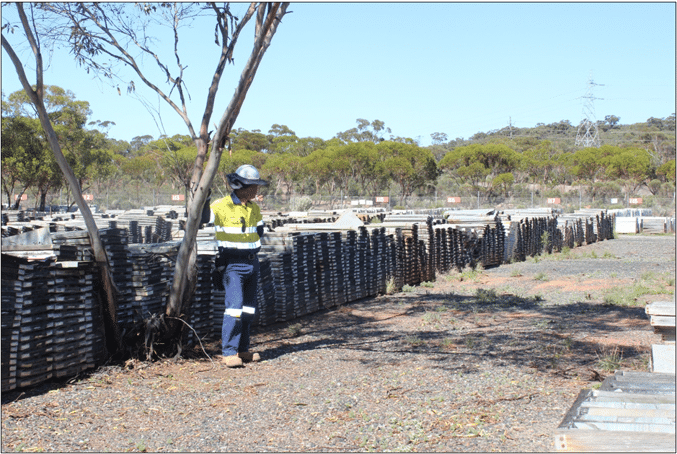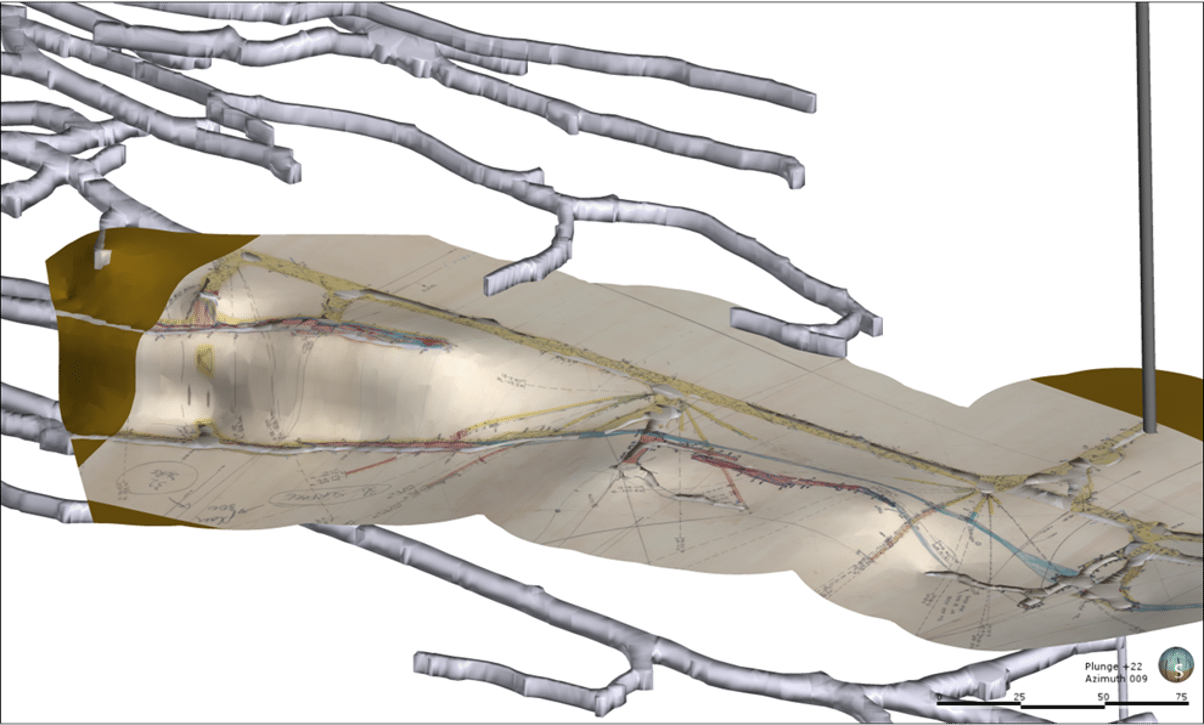As detailed in the Company’s Prospectus announced on the ASX on 11 June 2021, a significant proportion of the pre-IPO funds spent at the Kambalda Nickel Project were focused on the review, analysis and effort to upgrade the status of former owner WMC’s reported nickel mineralisation that remained at the time of the closure of the two historical mines; Jan Shaft closed in 1986 and Foster ceased production in 1994. This program involved a detailed audit of the historical data and historical drill core that is located at the St Ives’ Core Yard at Kambalda where some 350 km of historical diamond drill core, together with assay pulp rejects, originally drilled on the Company’s tenements, are catalogued and stored.
The procedure developed by Lunnon Metals involves a rigorous process of duplicate sampling with QAQC (insertion of certified reference material or sample standards), SG determinations, check geological logging, mineralisation characterisation for metallurgical considerations, historical section and plan reviews, and paper geology logs, assays, and surveys cross referencing with the digital database. This process successfully resulted in the reporting of the Company’s Mineral Resource of 39,000 tonnes of nickel metal at the time of its IPO in June 2021.


This program has continued to be applied by the Company in parallel to the surface exploration program since listing, offering the opportunity to grow the Mineral resource independent of the drill bit. In its ASX announcement dated 22 April 2022, the Company detailed the first successful outcome of this program with the publication of a first-time Mineral Resource for the N75C nickel surface at the Foster mine (412,700 tonnes @ 2.3% nickel for 9,500 nickel tonnes). The global JORC 2012 nickel Mineral Resources at the Kambalda Nickel Project have now grown 24% to 14.06 million tonnes @ 2.7% nickel for 109,100 contained nickel tonnes.
The Company continues to apply the Historical Core Program at Foster, where approximately 45 sub-surfaces remain to be investigated, as well as Silver Lake, Fisher, and also at Jan Shaft. The goal of this program is to update and report previous historical estimates in accordance with the JORC 2012 Guidelines and was a key opportunity outlined in the Company’s Prospectus at the time of listing on the ASX.
Any remaining and previously identified historical nickel mineralisation at the Company’s four historical mines is mineralisation that has not yet been subject to Lunnon Metal’s Historical Core Program and is thus currently not capable of being reported as 2012 JORC compliant. As required by the Listing Rules, the Company notes that the historical nickel mineralisation is not, and cannot, be reported in accordance with the JORC Code. A Competent Person has not done sufficient work to classify this mineralisation as Mineral Resource in accordance with the JORC Code and it is uncertain that following evaluation and/or further exploration work that this mineralisation will be able to be reported as Mineral Resources or in accordance with the JORC Code.
The work to apply the Lunnon Metal procedure to this nickel mineralisation will be continue to be a key growth focus of the Company as it explores the KNP over the coming years.